 |
Welcome to the Reel Boating Forum.
From Trailer Boaters to Captains to Marine Industry Professionals, the Reel Boating Forum welcomes you to join in with other boaters and fishermen discussing topics including sportfishing, marine electronics, boating safety, boat engines and more. Use our FREE boat classifieds to sell your boat or fishing gear. Marine Industry Vendors are also welcome to register a username and freely post their products or services |

loose_cannon
-
Posts
7 -
Joined
-
Last visited
Content Type
Profiles
Forums
Events
Posts posted by loose_cannon
-
-
1991 Mako 261, Twin 2000 Yamaha 200 HP OX66 Outboards (both motors up to date on maintenance 11/13/09), Trim Tabs, Hydraulic Steering, Furuno FCV582L Fathometer, Furuno GP35 DGPS, New Icom VHF, Marine CD/AM/FM, Lees 18.5' Outriggers, Pompanette Fighting Chair, Cannon Electric Downrigger, Freshwater Washdown, In Deck Livewell, Four SCUBA Tank Holders and Full Canvas Custom Boat Cover. Also Included is a heavy duty (six lug) tandem axle trailer with Kodiak disc brakes and a spare tire.
This is an excellent fishing boat in great condition that has always been dry stored and covered. She is located in Ponce Inlet - East Central Florida.
$27,500
Call Jim 386-295-1133

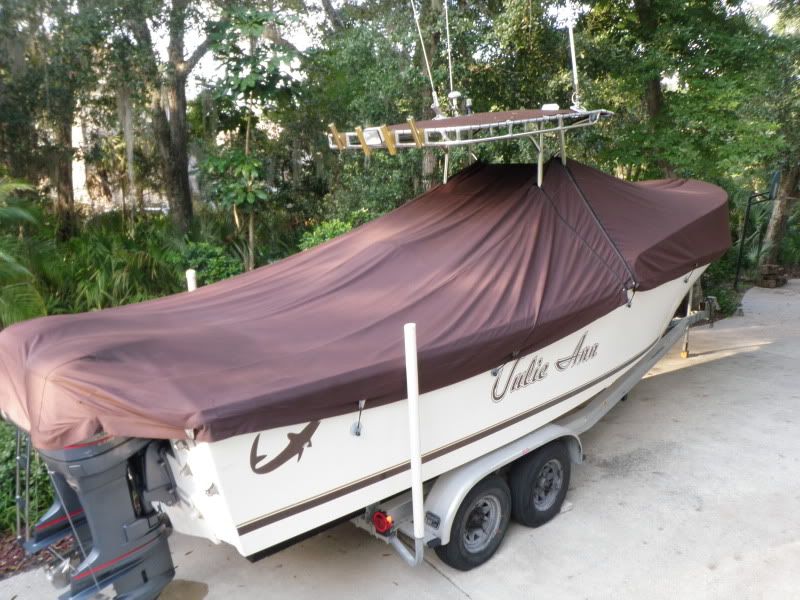
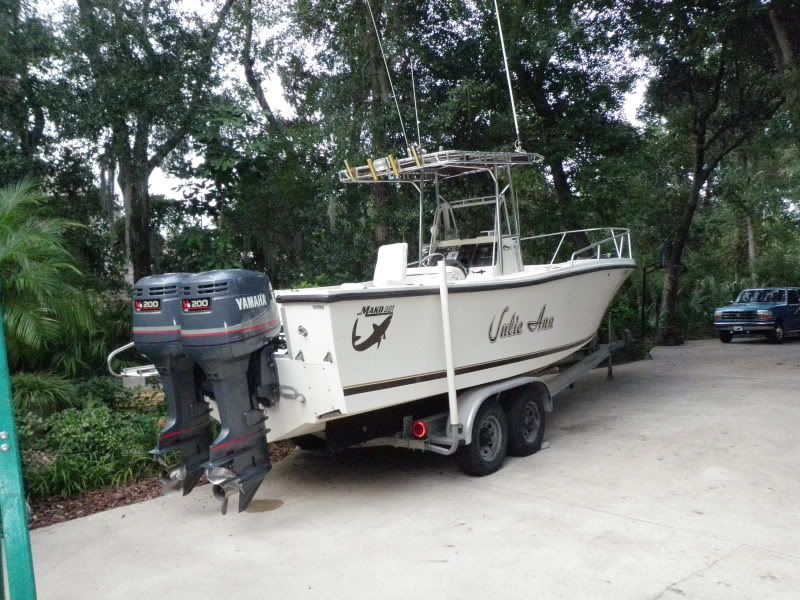
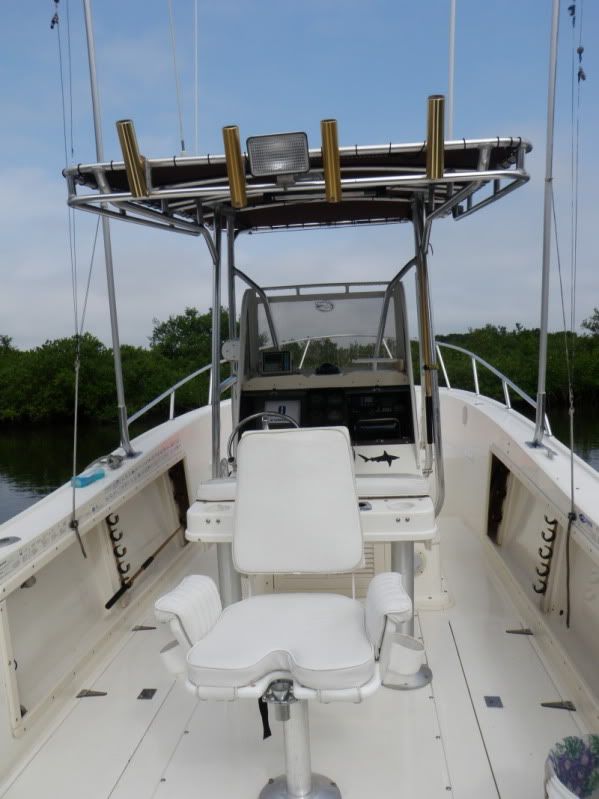
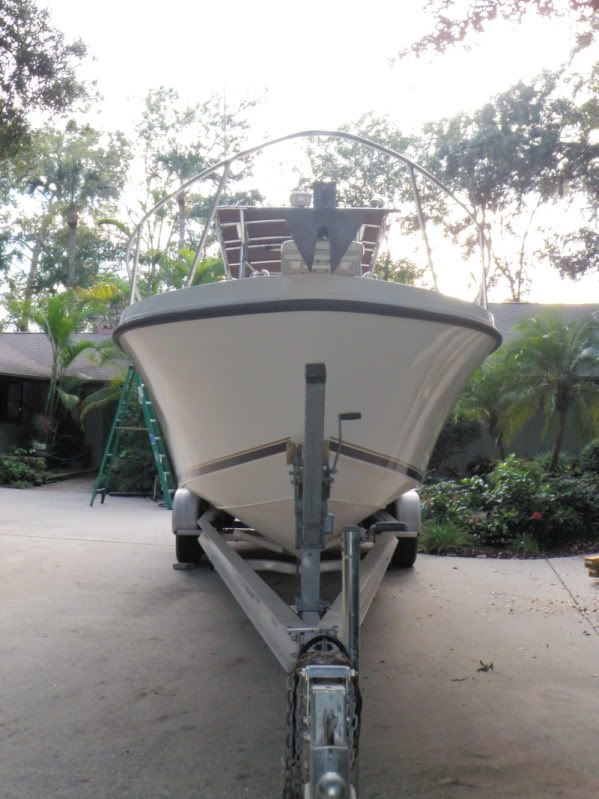
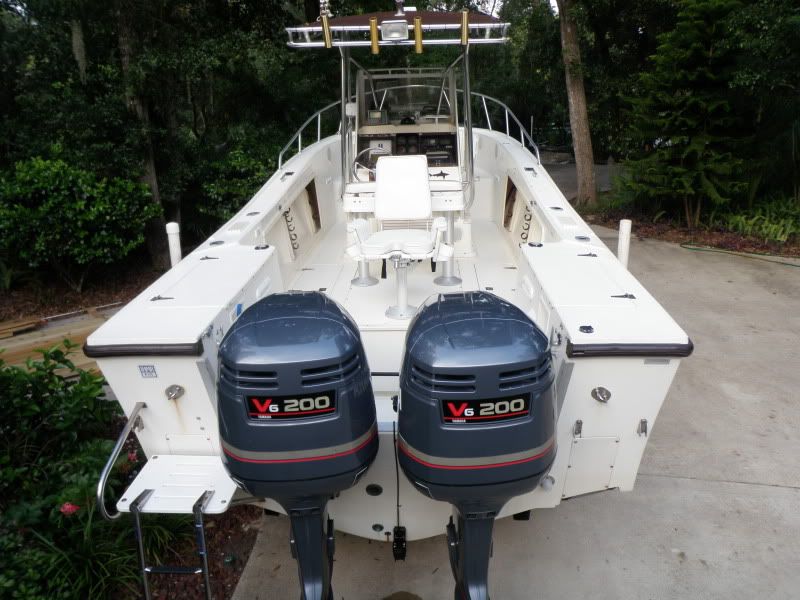
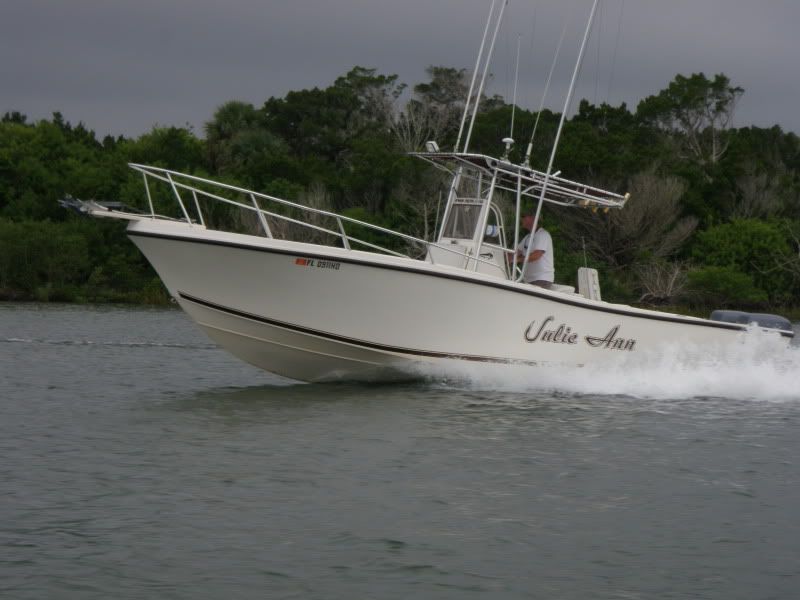
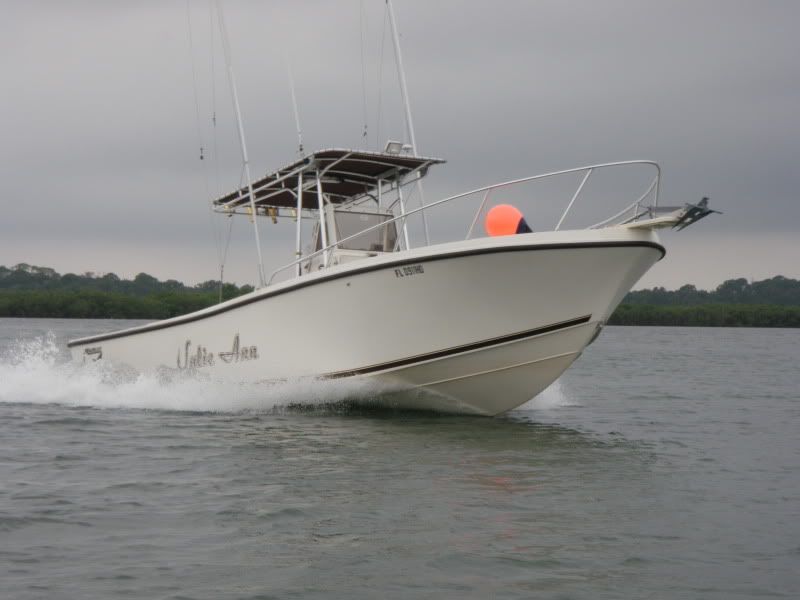
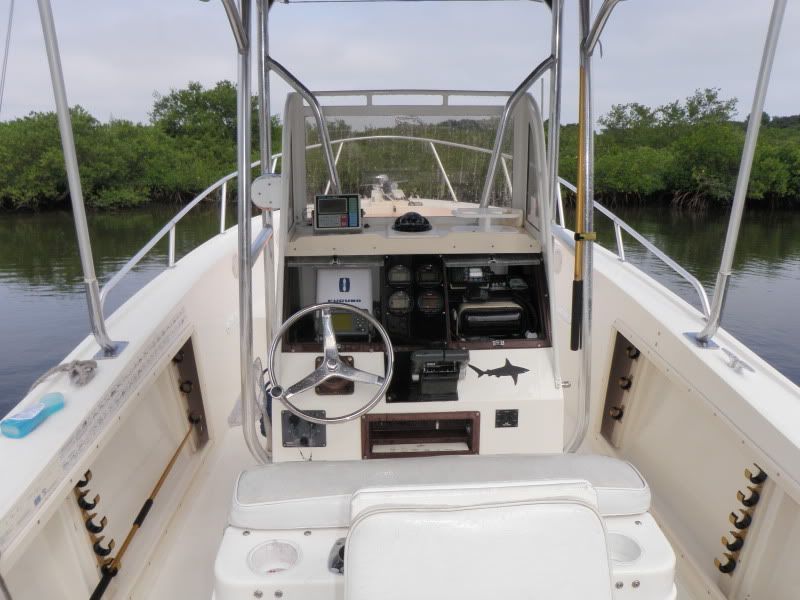
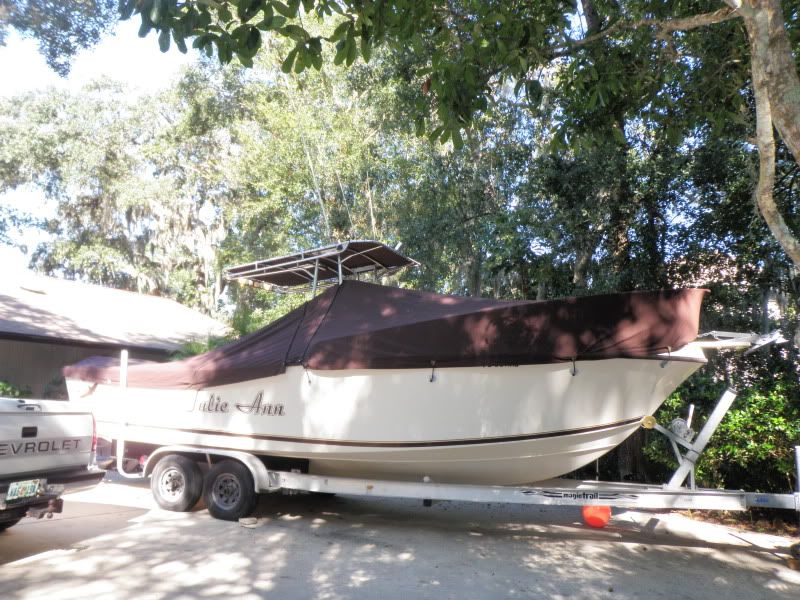
-
 1
1
-
-
Higher octane gasoline is more resistant to igniting than lower octane gasoline. In high-compression gas engines, a higher octane rated fuel is needed to prevent pre-detonation. Lower-octane rated fuels will actually ignite before the spark, due to the heat & pressure of the compression stroke.
Exactly.
Octane is a measure of volatility. Higher octane = lower volatility.
-
"Promises made in a storm are forgotten in calm water".
-
 2
2
-
-
Good stuff, loose_cannon. I am going to rig up an anchor like that this weekend.
Nice pulpit, by the way.
Thank you, I built the pulpit out of cypress and put multiple coats of Sikkens Cetol on it. As a bottom fisherman and diver, I do a LOT of anchoring. Having a good pulpit and fairlead really makes it easier on the AB (anchor beetch).

-
Here is something that I ran across last month and have been considering. Has anyone tried this?:
Same exact principle except it costs a minimum of $59.95 for the mechanism, plus $9.95 for every extra shear pin. I don't like the fact that it uses a specialized shear pin. Sure enough you wouldn't have one or couldn't find it when you needed it.
Two screw pin shackles and some zip ties/80# mono/stainless wire for the same result. Use the extra $50 for gas or tackle.
-

1. Drill a 1/2" hole in the crown of the anchor.
2. Attach a screw pin shackle
3. Attach the chain to the screw pin shackle at the crown (you may need two shackles)

4. Use three nylon zip ties or three wraps of 80# mono to hold the chain to the eye on the shank of the anchor

5. Leave enough slack in the chain along the shank for the flukes to fully pivot both directions
If your anchor becomes fouled, you pull it with the boat (from the bow cleat) and the nylon zip ties or mono will break. Note: I highly recommend the use of an anchor ball for ease of retrieval. The ties are plenty strong enough to keep a boat anchored, but they can't withstand the pull of the engine. The chain then pulls the anchor from the crown and it pops right out of whatever it is hung up on or in. Keep some extra zip ties with you and re-rig it when you get it back on the boat. Bigger boats take more zip ties.
You'll never lose another anchor.
-
 2
2
-

261 Mako
in Boats, Fishing and Marine Items For Sale
Posted · Edited by loose_cannon
It's a friend's boat (also named Jim). Not sure who exactly owned it first, but he was a local. They kept it in a hanger up at Ormond.